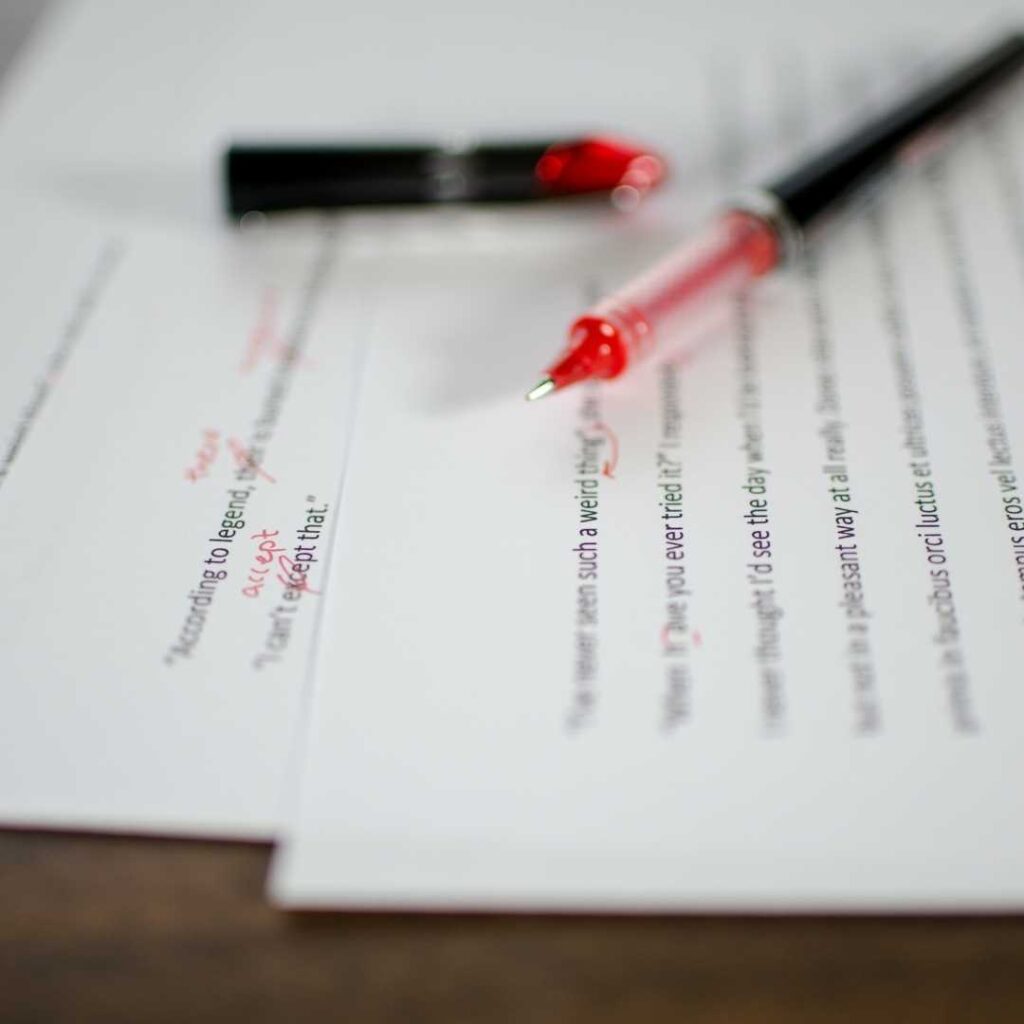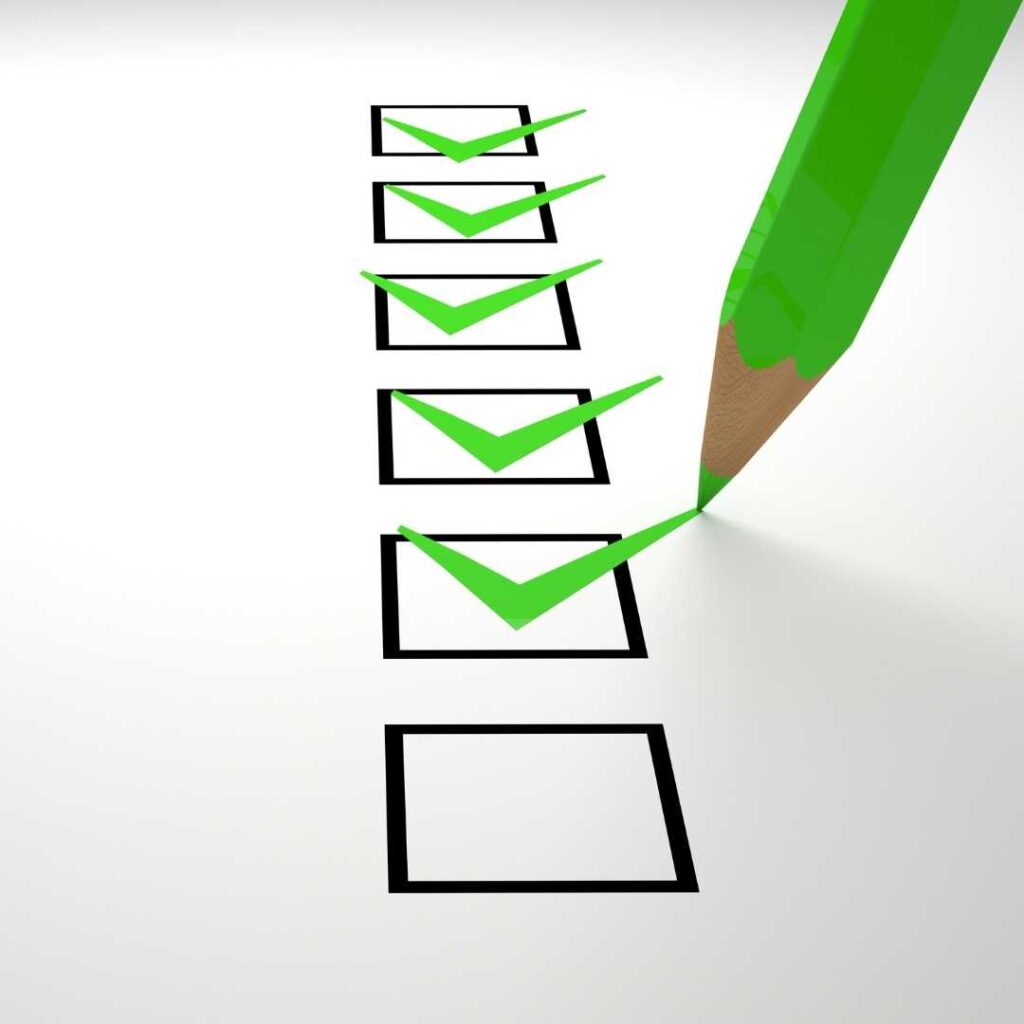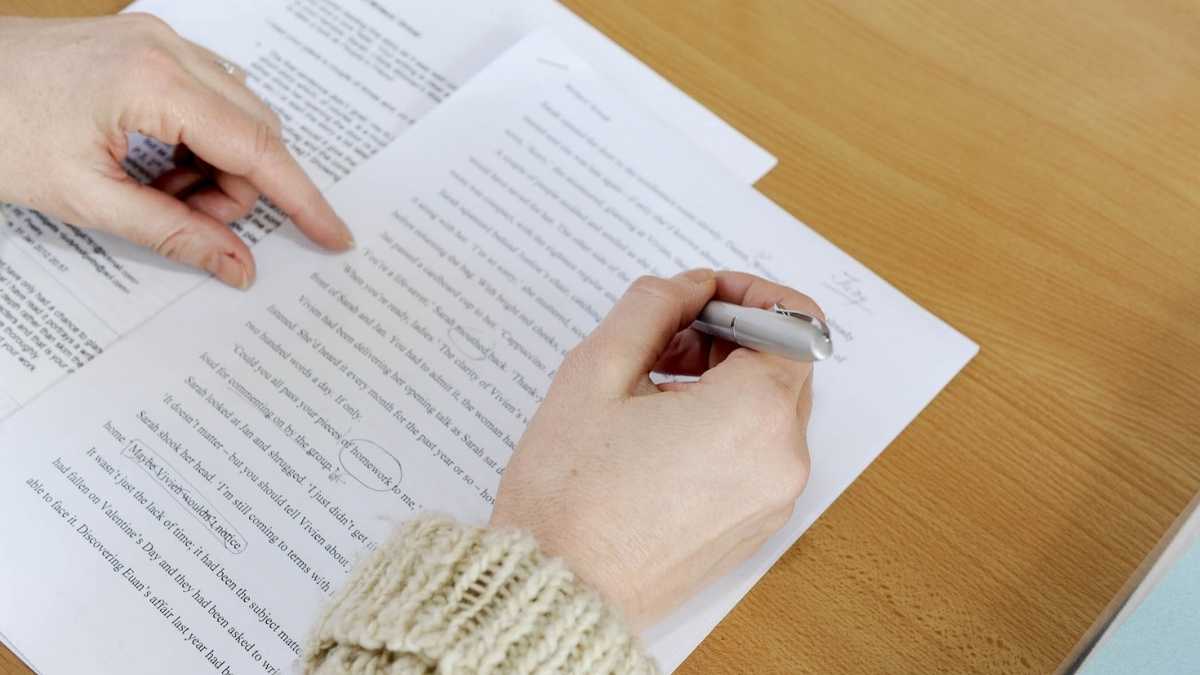Table of Contents
- 1. When reading a book, look at the general formatting styles
- 2. Spot common copyediting errors
- 3. Read news and articles
- 4. Familiarize and follow the house style
- 5. Read similar publications by other publishers
- 6. Create a copyediting checklist
- 7. Offer copyediting help to your peers
- 8. Discuss a publication with a senior copyeditor
- 9. It’s OK to make mistakes as long as you learn
- Concluding remark
Copyediting is the process of reviewing, checking, and fixing publication styles, content formatting, and accuracy to ensure a high-quality publication that conveys an accurate message and complies with the intended look and feel.
This article discusses several ways to practice your copyediting skills and significantly improve yourself as a copyeditor.
A crucial process in a publication, the copyediting process begins at the onset of production, a workflow that also involves typesetting and proofreading.
Copyediting is different than editing. I have written about the main differences between editing and copyediting. I also wrote about the differences between copyediting and copywriting.
Copyeditors also correct formatting and presentation errors, ensure consistency in terminology throughout the publication, check facts for accuracy, and copyedit titles, subtitles, headers, and subheadings to ensure that these are consistent with each other.
Here are nine ways to practice your copyediting skills and improve yourself as a copyeditor.

1. When reading a book, look at the general formatting styles
When reading a book, look at the general formatting style. Skim the cover (front and back), CIP page, page title, table of contents, indices, references, etc. Good copyediting will manifest good consistency and styling throughout the book.
Assess the consistency of formatting and see from a copyediting point of view that the book crosses all the checklists.
Books are helpful for copyediting practice as they are generally longer content with many styles and formats applied. But you can also look at other reading materials, especially those relevant to your work.
For example, my early copyediting jobs involved publishing several scholarly journals under our care. To get familiar with journal copyediting, I looked at different formats and styles applied to many journal publications.
2. Spot common copyediting errors
Train your eyes to spot copyediting errors. The practice will help avoid mistakes often overlooked in publications.
Some of the common copyediting errors include the following:
2.1. Spelling
Grammar tools make spelling errors easily avoidable, but that does not mean they can’t happen. Take extra precautions.
Spelling inconsistencies are also a pretty common occurrence. Copyeditors sometimes could not catch when British and American spellings are both used in the same publication.
2.2. Inconsistent punctuation styles
Does the publication use the Oxford comma (a comma before the last item)? If it does, ascertain its usage throughout to maintain consistency.
Also, look at how the publication uses quotation marks and ask the following questions:
- Double or single quotation marks?
- Straight or curly quotation style?
- How are the dashes used? (hyphen, en dash, em dash, etc.)
2.3. Incomplete information
Sometimes, authors miss some of the critical publication elements. The mistakes could be due to the authors’ carelessness or perhaps lack of time (I would like to think it’s the former).
For example, I frequently discovered incomplete bibliographic details in journal publications when they cite sources. The missing information includes the following:
- The writer cites the author and year of work but does not provide bibliographic details
- Missing information on book titles
- The year of publication or the edition of the source missing
- Journal name not provided
- Page numbers missing
Missing details in publication can result in misinformation and difficulty in locating and verifying sources of reference. Therefore, pay particular attention here too.
3. Read news and articles

Expand your general knowledge by reading news and articles about current events, politics, and public affairs. Expanding knowledge will help you notice errors made by authors in writing.
For example, an author may mistakenly put Nairobi as the capital of South Africa (instead of Kenya) or wrongly write Dhaka as a town in India (instead of Bangladesh). A well-read copyeditor will instantly notice these errors and make the adjustments.
Remember. As a copyeditor, you must ensure accurate writing and address ambiguous statements (and rectify accordingly).
4. Familiarize and follow the house style
A publisher commonly provides a house-style guide that offers copyeditors’ formatting and style guidelines (also useful for authors, proofreaders, etc.). Sometimes, the document is also called a manual style or simply guidelines.
In the guidelines, copyeditors must read and learn the style (formatting), applicable rules, in-text citations, referencing techniques, abbreviations, etc.
In academic journals, we often refer to standard formatting guidelines such as the Chicago Manual of Style, APA Style, and MLA. Different publishers will have their preferred formatting styles to work.
If you work with a scholarly publisher, request that they purchase some of these style manuals to study them. They are available in both printed (quite thick) and online versions. Although not cheap (a few hundred dollars), they are handy.
5. Read similar publications by other publishers
Here is a benchmarking exercise.
Find some books, magazines, or journals published by top publishers and see the quality of copyediting. Look out for specific formatting, accuracy, consistency, and completeness of the information.
From there, identify ways some of these details are better than your publications. Are there areas that you can improve?
For example, two years into copyediting practice, I began searching for ways to improve some copyediting elements such as indentation, header styles, and abbreviations for our journals.
After looking at the more established journals, I discovered many copyediting aspects we could incorporate into our journals to improve the publication quality and make the copyediting job smoother.
6. Create a copyediting checklist

Another good practice I recommend is creating your copyediting checklist, especially when starting with a copyediting role.
It helped me a lot in my early days of copyediting as I needed to make sure we would publish quality journal publications while at the same time learning the skill. I began with a small checklist, which I regularly updated when I found something new or missing.
There can be many elements you need to look into when copyediting a manuscript, and creating a list keeps you in check. A checklist will alert you if you have not covered any critical copyediting aspects.
7. Offer copyediting help to your peers
Offer small copyediting jobs for your peers, even for no money. The goal is to practice your copyediting skills, not make money.
You can charge your service once you’ve reached the right competency and gained some reputation.
Start with small content such as emails or brief reports. As you practice more, you will develop more confidence to undertake more significant tasks and more substantial publications, such as annual reports, financial statements, etc.
Working with colleagues will also grow your network and your reputation. Always consider the benefits of networking with people of different levels and departments. Building acquaintanceships will pay off in the long run.
8. Discuss a publication with a senior copyeditor
I can’t stress this highly enough.
Senior copyeditors and colleagues are essential assets in building your copyediting skills. Periodically bring a publication into a discussion with them, preferably your work. Seek advice on how you can improve your copyediting skills and finesse.
Occasionally, ask them to ask how you’re progressing with your skill. Are you a late learner who needs more extensive practice? Or do they see you have immense potential? Acknowledge feedback, good or bad.
Getting feedback from your colleagues or supervisors is crucial in assessing how well you fulfill your potential. It also indicates your motivation and desire to keep improving and taking things to a new level.
9. It’s OK to make mistakes as long as you learn
No matter how careful you are, mistakes happen.
In copyediting, the “blind spot” syndrome may cause you to overlook the easiest mistakes. When you frequently look at a publication, you tend to miss errors, and you may only realize this when a colleague spots it.
The scenario also explains why different team members- editors, copyeditors, and proofreaders- handle a good publication process. Different eyes can spot mistakes missed by other team members.
Mistakes are acceptable as long as you learn from them. Mistakes make us better people.
I made many copyediting errors in my earlier publishing career; some became obvious only after we printed our publications.
Concluding remark
These are some ways to practice your copyediting skills, although I believe you can learn many more tips from other sources.
What is essential is constantly improving yourself and continually looking for resources that will help you become better. Keep pushing until you eventually differentiate yourself from other copyeditors.
Being a good copyeditor paves the way for a promising career in publishing.
You can move up the corporate ladder by working with a publisher, shouldering more essential responsibilities. Whereas, if you are a freelancer, good copyediting jobs will expand your business reach faster, and more clients will come to you for help.


2 thoughts on “9 Effective Ways to Practice Your Copyediting Skills”